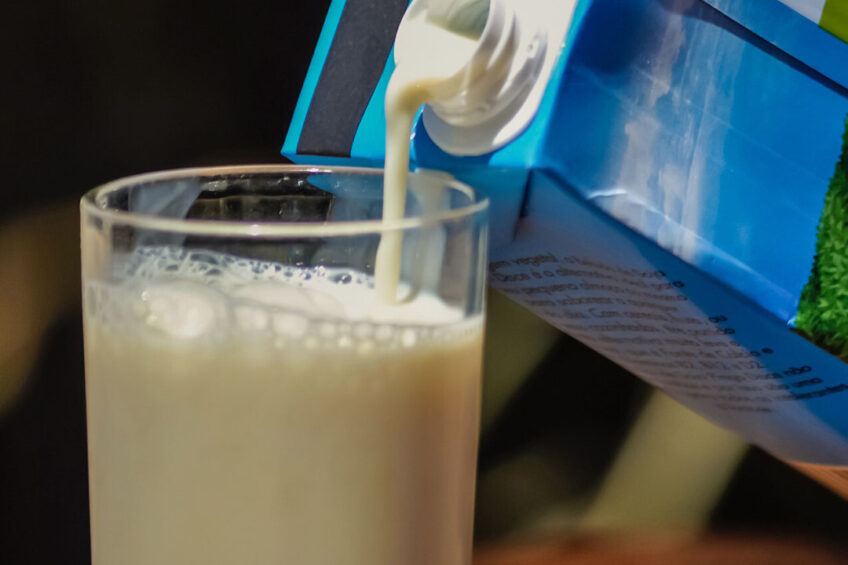Discovery made to determine quality of UHT milk

A new analysis method has been developed to simultaneously determine the content of the 2 amino acid crosslinks lysinoalanine and lanthionine and different markers for Maillard reactions, which often occur during the production and storage of long shelf-life milk.
The development of the protein cross-links, lysinoalanine and lanthionine, as well as Maillard reactions can affect the quality and stability of food proteins when they are processed, such as those in Ultra-High Temperature (UHT)-treated long shelf-life milk, powders or other dairy ingredients, which occur as a result of severe heat treatment and subsequent storage outside the cold chain. Long shelf-life milk is an important part of the Danish dairies’ exports, as well as for dairies in many other countries with a large milk production. It is therefore crucial to supply UHT products of a high and stable quality.
A smart discovery for dairy
Researchers from Aarhus University, in collaboration with Arla Innovation Center, have now developed a new method that can determine the content of both cross-links and Maillard reaction markers simultaneously – and even in a significantly smarter way, according to one of the researchers behind the study, assistant professor at the Department of Food Science at Aarhus University, Søren Drud-Heydary Nielsen.
Initially they developed a method for measuring the formation of these modified amino acids, which is a result of crosslinks formed between specific amino acid residues in the proteins, which can lead to aggregate formation – the phenomenon that proteins come together in larger associations, which can affect the nutritional aspects in relation to digestion and uptake.
“The formation of these cross-links we are measuring are through linking of amino acids, where one of these are the essential amino acid, lysine. Therefore, their formation can lower the amount of nutritionally available lysine. Furthermore, formation of these inter and intramolecular cross-links may hinder access of digestive enzyme to cleavage site in the proteins and thereby lowering the protein digestibility. Formation of the cross-links also result in structural changes to the proteins, which can affect functionality in different ways,” notes Nielsen.
The researchers have now further developed the method to also include markers for different stages of the Maillard reaction, which can result in development of unwanted aroma, flavour and colour compounds.
Greater precision and simpler preparation
The team can now measure the content of these process and storage-induced protein modifications formed through different molecular mechanism, and do it at the same time, with great precision and much simpler preparation, which is crucial in order to examine the protein quality after processing.
The more accurate and efficient method of analysis may have a major impact on the quality assurance of products containing protein in the future. “You can, for example, experience that aggregates are formed in products containing protein, such as long shelf-life UHT milk, especially when stored at high temperatures. Now it is possible to examine whether the explanation is found in some of the mechanisms that we have not been able to measure to a sufficiently high degree before. When you know the exact content of lysinoalanine and lanthionine, it is easier to find out why and what drives their formation,” he says.
Join 13,000+ subscribers
Subscribe to our newsletter to stay updated about all the need-to-know content in the dairy sector, two times a week.










